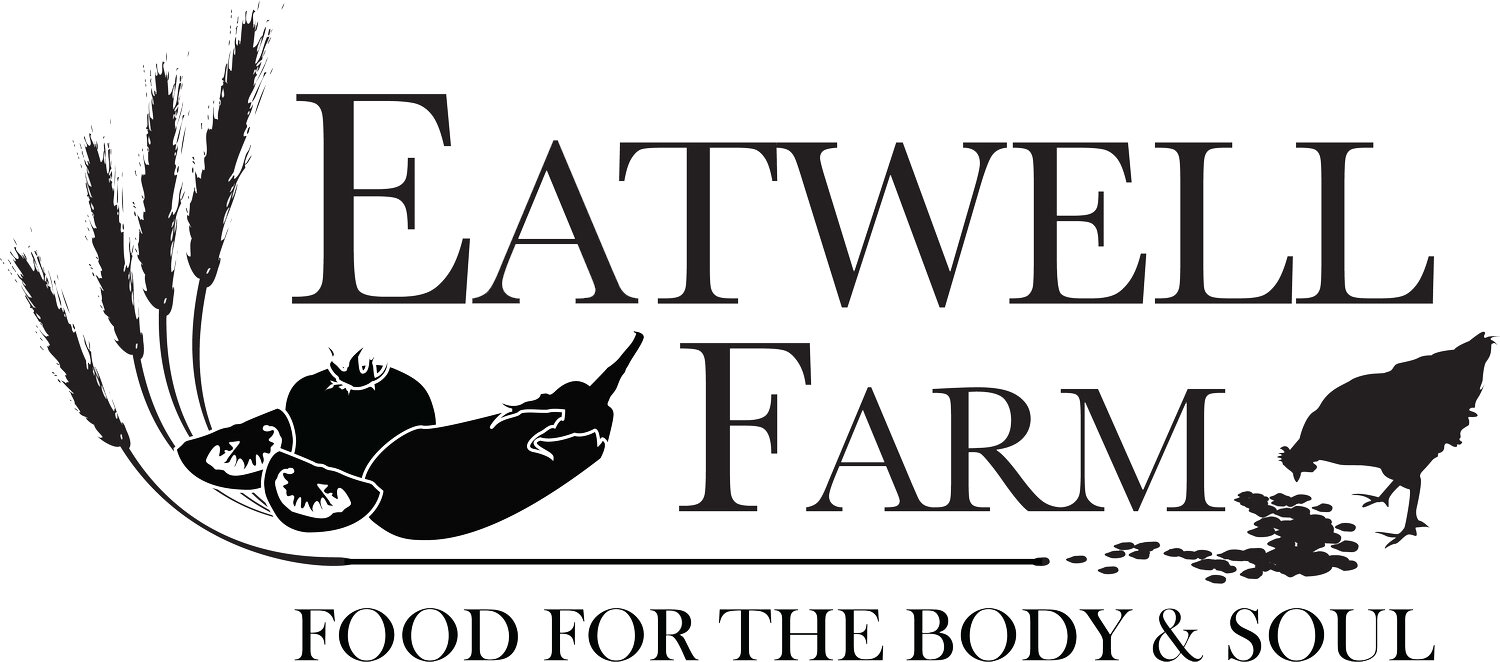The last two weeks, we ran the article I wrote talking about the vegetables you all suggested you would like to see in the CSA box. I thought I would continue a bit more on that theme this week. At the start of each season, Jose and Nigel discuss how crops did the previous year or two, with the goal of improving yield and quality. Sometimes we make the decision to give up on a crop. Artichokes are a tragic example of one we have chosen to nix. Sometimes it means we wait to plant later in the season. This year the cauliflower, broccoli and Romanesco are great examples of later planting, which is why we did not have any of those vegetables in time for Thanksgiving. We have found over the past few years that it is just too warm too late in the year and we lose too much of those crops to make it financially worthwhile. When you consider the costs of seeds, plus starts total over $60,000.00 a year, you quickly realize it is a significant amount of money, and we really do have to be smart about what and when we order and plant.
As I explained in the previous article, most peppers get sunburned here in our hot summers. Although there is nothing wrong with them, most people are not happy to find blemished produce in their shares. Pepper seeds are really expensive, we typically spend close to $2,000 just for the seeds, then you tack on what we pay Headstart to grow the plant starts for us, plus paying the crew to get them in the ground, and those peppers turn into a pricey item. That is before we even start picking. You will be happy to hear, we have added a variety to the pepper lineup for next year, but probably many of them will be for add on items. It is tricky with the spicier peppers, so many people really have a hard time eating them. Offering the hotter peppers as extras is the best way for us to please everyone. That still leaves us with the problem of blemished crop in the field. I am hoping we can use many of them in value added products, maybe hot sauce, or dried, powdered chili blends, but of course making those products requires man power and that brings me to the next topic - labor.
Across the board one of the biggest issues facing farms in California is a rapidly shrinking labor force. The simple fact is there just aren't that many people interested in working long days for little pay, doing back-breaking work. When considering what to grow we always look at the amount of labor a crop requires; does it need staking like tomatoes, beans, chayote? Is it an easy crop to harvest? If you have a lot of blemished fruit it really slows everything down, so you want to avoid that problem. I would love to have green beans for the box, but they need staking and stringing and on top of that they are very slow picking. Perhaps shelling beans would be a better option because they can be dried, stored and used later. Would harvesting shelling beans be something we could turn into an event on the farm? Like the lavender harvest, would you be interested in coming up to help harvest beans?

